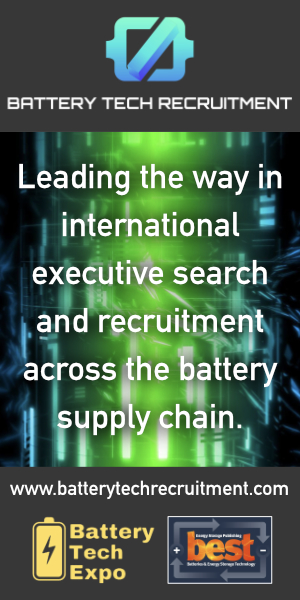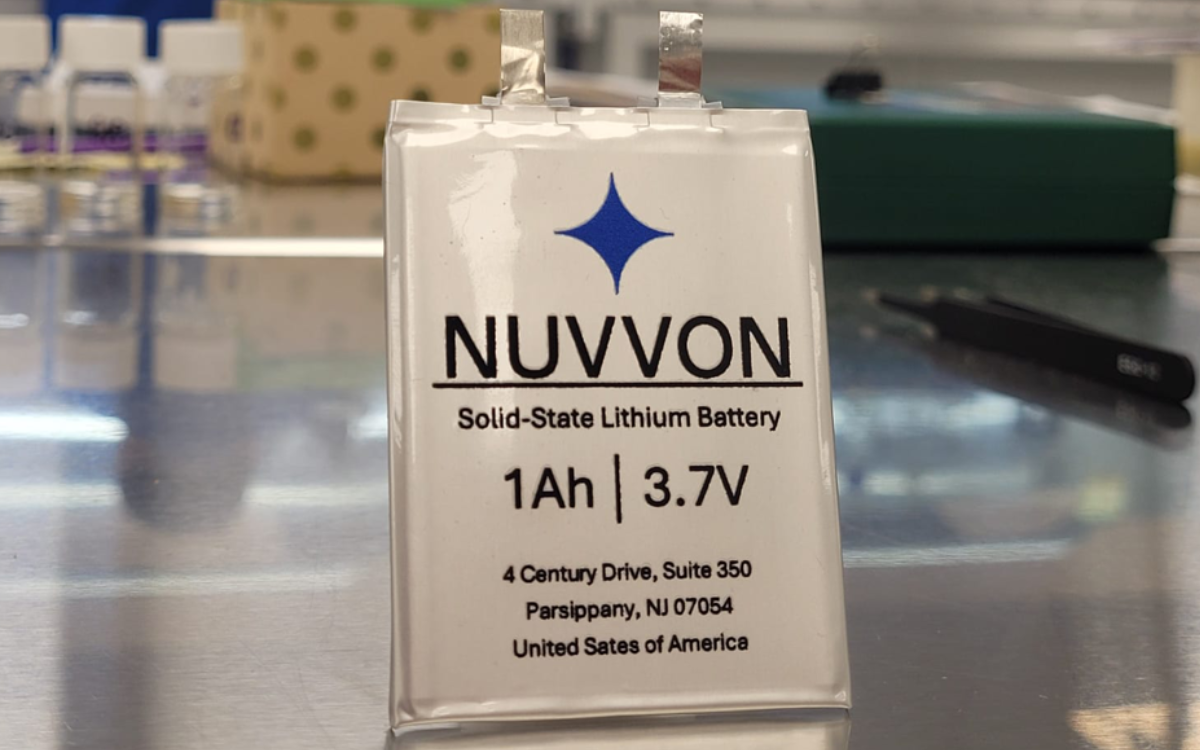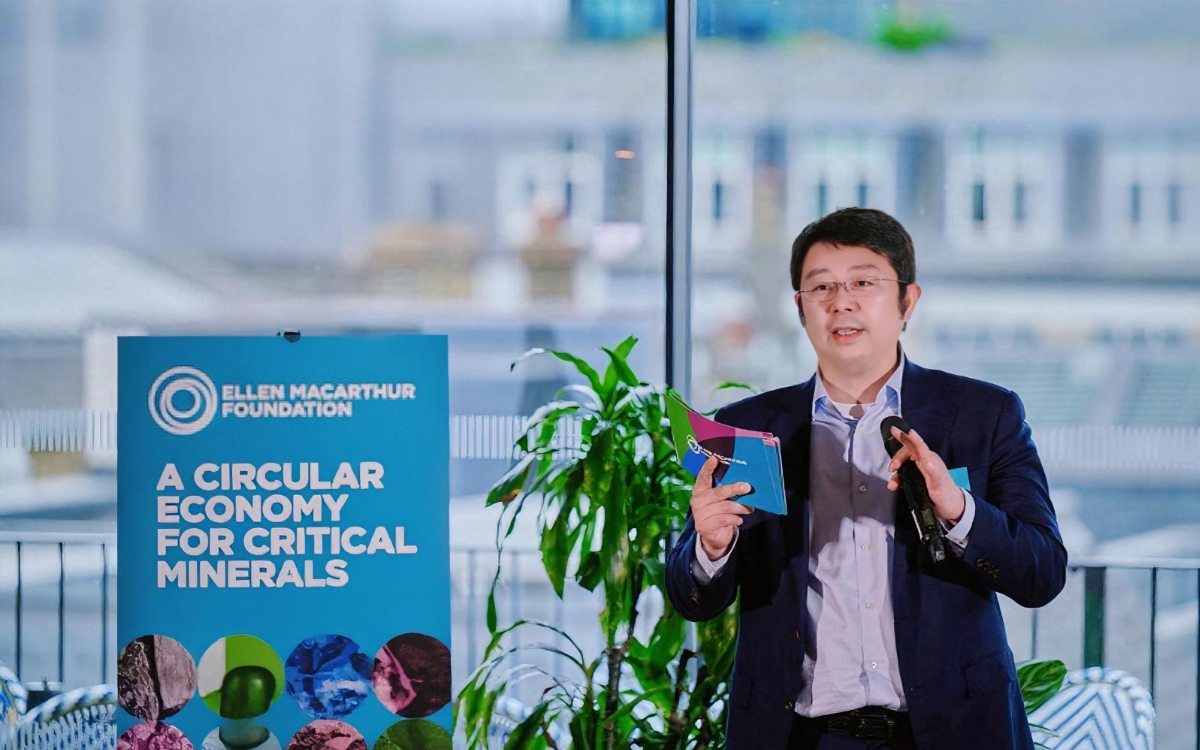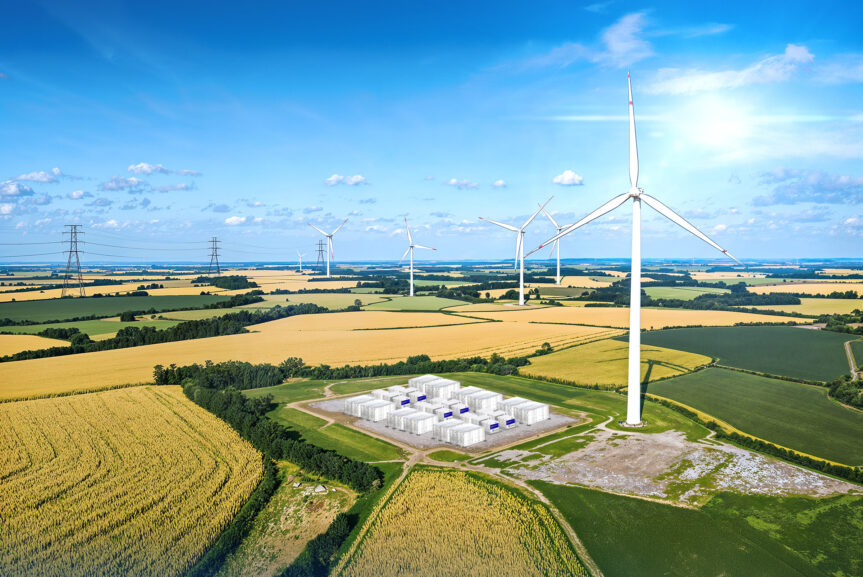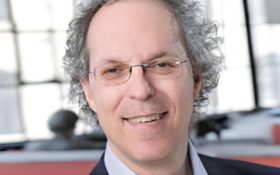Not for the first time, David Rand reports from down under on the race that tests both batteries and solar technology. Not surprisingly, the best technology won.
As the premier competition for cars running solely on sunlight, the World Solar Challenge (WSC) is also arguably the toughest. With competitors travelling 3000 km along the Stuart Highway from Darwin on the north coast of Australia, through Alice Springs at the centre of the continent, to Adelaide in the south, the course passes through some of the most spectacular and inhospitable – temperatures in the Outback can exceed 50˚C . . .
to continue reading this article...
Sign up to any Premium subscription to continue reading
To read this article, and get access to all the Premium content on bestmag.co.uk, sign up for a Premium subscription.
view subscription optionsAlready Subscribed? Log In


